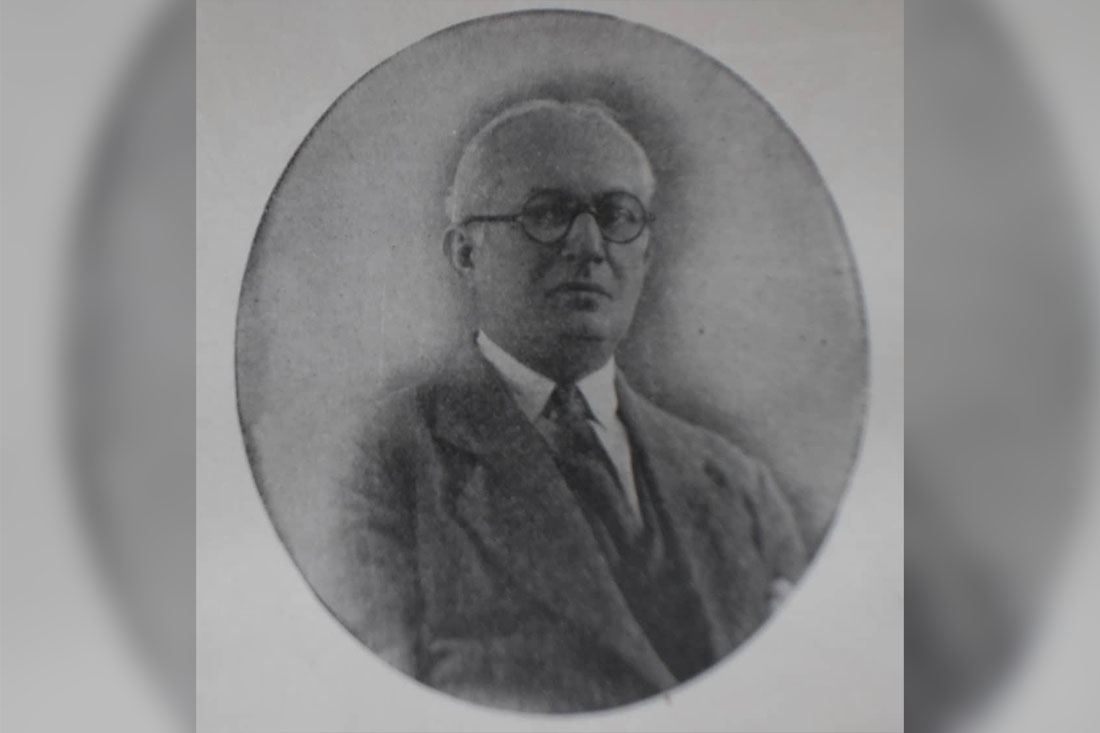By: Verónica Fernández Díaz
This February 15th marks a century and a half since the birth of Gaspar Agüero Barreras in the old principeña town. Agüero Barreras was a member of a family of glorious men. His father Oliverio had an extensive musical culture acquired in Germany and England, and for this reason he served as his first music teacher and managed, at just four years old, for Gaspar to master the technique and piano repertoire so precisely that he quickly managed to interpret Schuman and Liszt.
Although he studied Law, his musical vocation was very strong and he became an assistant to teachers Rafael Palau and José Marín Varona. He ventured with them as a choir director in Havana theaters and in the lyrical companies they directed; he made trips throughout Cuba and abroad.
He learned orchestra conducting and settled in Havana to dedicate himself to teaching musical art. He served as a professor of Theory, Solfeggio, Piano and Composition; he taught at the National Conservatory of maestro Hubert de Blanck.
He also served as accompanist pianist at the singing academies of teachers Morales and Jordá, organist at the Church of Christ, director of the Catalan Orfeón and professor of the Department of Music of the Association of Commercial Employees.
In the Ateneo de La Habana he offered a course on musical Pedagogy with the participation of numerous teachers in 1917, from then on he was called Cuba’s First Musical Pedagogue. He collaborated in La Gaceta Musical de Cuba by Serafín Ramírez, where he signed with the pseudonym Mordente y Don Tadeo; in the magazine Cuba Musical by José Marín Varona and other musical magazines in Havana.
He is the author of a symphonic sketch entitled Aegri somnia, with a text by the poet Julián del Casal, whose first presentation was held in October 1904 performed by the Symphony Orchestra of the capital conducted by Gonzalo Roig, and a symphonic poem entitled Guido D’Arezzo . He wrote a collection of Cuban sketches, of which Puesta de sol and various works for piano stand out, among them several rhapsodies, a Cuban-themed concert for piano and orchestra, two masses in F major and various zarzuelas of the costumbrista genre: El cinematógrafo parlante o El combate naval de Santiago de Cuba (1901), Huérfana y sola me quedé en el mundo (1901), El país del choteo (1902), La fonda de don Tadeo (1903), La loma del Ángel (1904, en colaboración con Jorge Anckerman), Los efectos del cinturón (1905), El naufragio libre (1906), Los caprichos de Gabriela y En la calle y sin llavín y disgustado con el sereno (1907), Baños de mar y La ley del hambre (1907).
In addition, he has a large collection of school songs for voice and piano, and for three solo voices, and a school hymn entitled Flores del bien. He was the first musician in Cuba to obtain a doctorate in pedagogy. He cultivated Cuban folklore as a composer and researcher.
Between 1940 and 1946 he published The African Contribution to Cuban Popular Music, a book that served as a bibliography for Dr. Fernando Ortiz to write The Africanness of Folk Music in Cuba, a text that includes his transcriptions of African songs and toques. He contributed with several works to the analysis of the elements that make up the Cuban musical folklore.
He was a well-known importer of North American music; sole representative in Cuba of the Casa Leo de Feist in New York, a place where pieces were bought that were brought to the Island and sold in music shops.
From his theoretical work, articles have been preserved in newspapers of the time and specialized magazines such as Cuba musical and Bellas Artes, as well as his handwritten and undated autobiography and an Album-dossier from 1899 to 1903 that is in the Museo Nacional de la Música.
Translated by: Aileen Álvarez García






